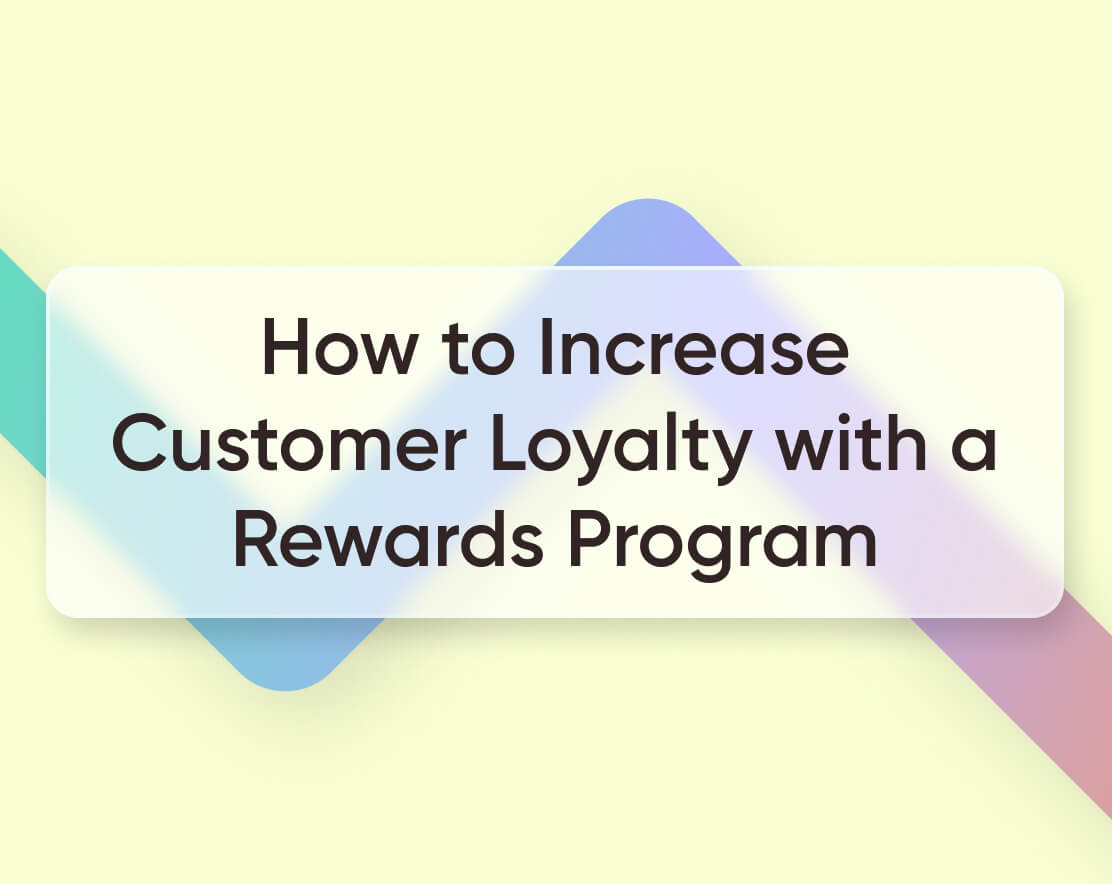
Enhancing Customer Loyalty With Rewards Programs
In the world of business, the phrase “customer is king” reverberates with undeniable truth. Businesses, big or small, realize that the key to sustainable growth is not just attracting new customers, but also retaining the existing ones. This is where a well-strategized rewards program can come into play, fulfilling the dual aspirations of immediate gratification for customers and steadfast loyalty to the brand.
Rewards programs are much more than a mere marketing tactic; they are a bridge to a lasting relationship between a brand and its customer base. Imagine walking into your favorite coffee shop, being greeted by name, and knowing that your fifth cup of coffee will be complimentary. This simple yet effective approach to customer service creates a positive and personal experience that one is likely to remember and, more importantly, repeat.
The Magnetic Pull of Personalized Perks
Personalization is the cornerstone of a successful rewards program. Customers today are inundated with choices, and to stand out, a brand must resonate with them on a personal level. This means recognizing their preferences, purchasing habits, and even special occasions like birthdays or anniversaries.
A point-based system is a popular method where customers accumulate points for every purchase, which can be redeemed for discounts, freebies, or exclusive access to new products or services. However, the allure of such programs lies not just in accruing points, but in how these points translate into experiences uniquely tailored to the customer. This transformation from transaction to personalized interaction is where true loyalty begins to cement.
Emotional Connect: Beyond the Points and Perks
Relying solely on discounts and free products might miss the mark when it comes to building a loyal customer base. True loyalty is borne out of an emotional connection that can be nurtured by acknowledging and appreciating customers. Incentives that reflect a customer’s value to the business—such as thank-you notes, invites to special events, or contributions to causes they care about—can foster a deeper bond.
A customer who feels valued is much more likely to recommend the business to friends and family, thus becoming a brand ambassador. Non-monetary rewards like prioritized customer service, personalized shopping experiences, and community recognition can distinguish a rewards program from the plethora of similar schemes that only offer superficial perks.
Data-Driven Decisions: The Backbone of Customer Rewards
Understanding customer behavior is key to customizing rewards programs effectively. By leveraging data analytics, businesses can gain insights into individual preferences and consumption patterns, enabling them to design offers that are compelling and relevant.
For instance, if data reflects a trend among customers who frequently buy sustainable products, the rewards program can include initiatives like extra points for eco-friendly purchases or donations to environmental causes with each transaction. This not only incentivizes responsible buying behavior but also aligns the brand’s values with those of its customers.
Moreover, data allows for fine-tuning the rewards program based on real-time feedback. By identifying what works and what doesn’t, businesses can continuously adapt and evolve the scheme to better meet customers’ expectations while optimizing their return on investment.
Tech-Savviness with a Human Touch
Technology has been a game-changer in the execution of rewards programs. From handy mobile apps that track points and offer virtual coupons to sophisticated CRM systems that automate the rewards process, the digital revolution has made it convenient for customers to engage with their favorite brands.
Nevertheless, it’s crucial to maintain a human touch, ensuring that technology enhances rather than replaces the personalized aspects of customer service. A seamless tech experience paired with attentive, human-led service can translate into a powerful combination that locks in customer loyalty.
Transparent Communication: The Good, the Bad, and the Tweakable
Clear communication is a pillar of any thriving rewards program. Customers must be kept in the loop not only about how they can earn and redeem rewards but also about any changes to the program. Change is inevitable, but it must be approached with sensitivity and openness to maintain trust.
When a rewards program is modified, a business should offer clear rationales, provide grandfather clauses for existing members, and, if possible, introduce changes with added benefits that soften the blow of any less favorable revisions. Transparency ensures that customers feel respected and considered—not just as a source of revenue, but as integral stakeholders of the brand.
Creating a Win-Win Situation
A successful rewards program should aim for a win-win scenario where both the brand and the customer derive significant value. For the customer, the program should feel like an exclusive club, offering tangible benefits and emotional satisfaction. For the business, it must be a tool that not only sustains loyalty but also generates valuable data to enhance customer experiences.
Importantly, a rewards program must be simple to understand and easy to use. The less friction involved in the process, the higher the chances are of sustained customer engagement.
In Conclusion: Building Lasting Loyalty

Enhancing customer loyalty through rewards programs is not just about implementing a marketing strategy—it’s about creating a culture that prioritizes customer appreciation and engagement. With personalized experiences, emotional connections, data-driven customization, tech-enhanced human service, transparent communication, and a commitment to creating mutual value, rewards programs can become a powerful cornerstone of customer retention and brand love.
As the marketplace continues to evolve, so too must our approach to rewarding loyalty. While the methods may change with time, the essence remains the same: recognize, reward, and respect the customer at every opportunity. In doing so, businesses can cultivate an environment where loyalty thrives, and customers are not just passive consumers but active participants in the brand’s journey.
In the end, it’s about recognizing that every purchase decision is a vote of trust and every reward is a statement of gratitude. And in this continuous exchange, brands find their most enduring and profitable relationships. That is the ultimate reward for any business.